Dyker Heights Businesses Adapt To Shifting Demographics
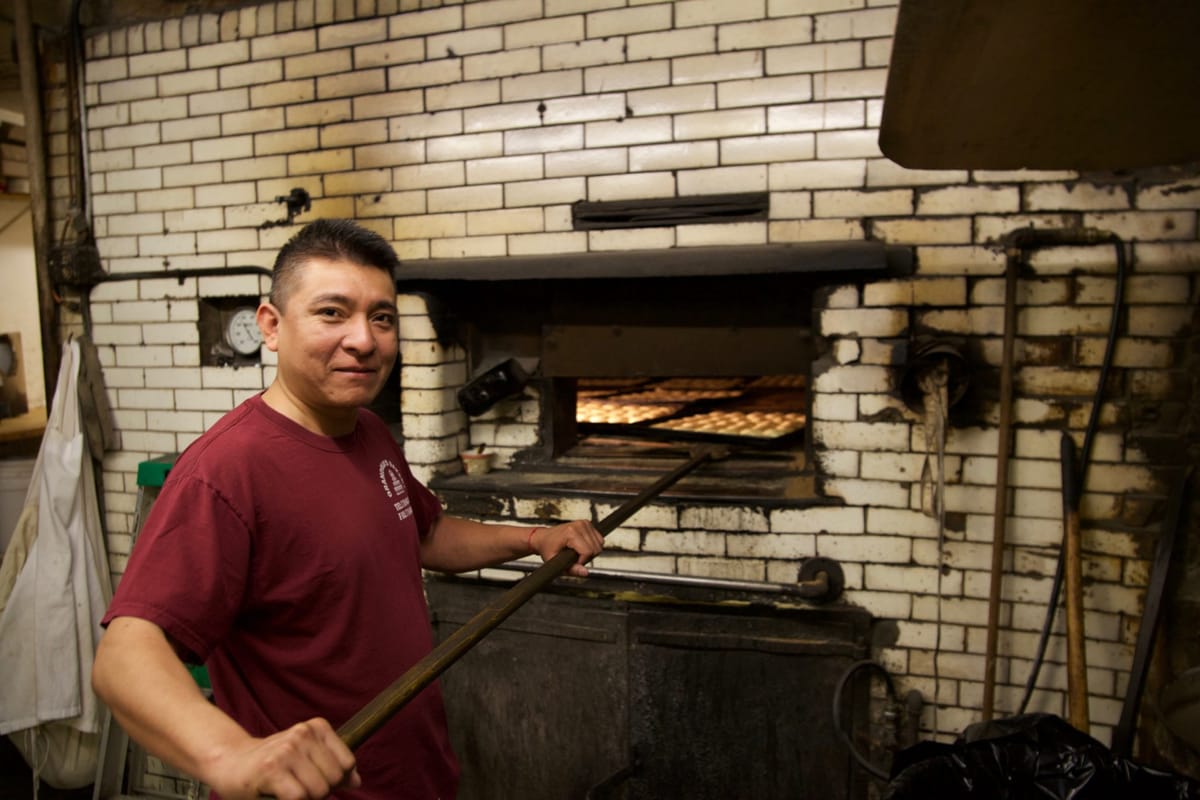
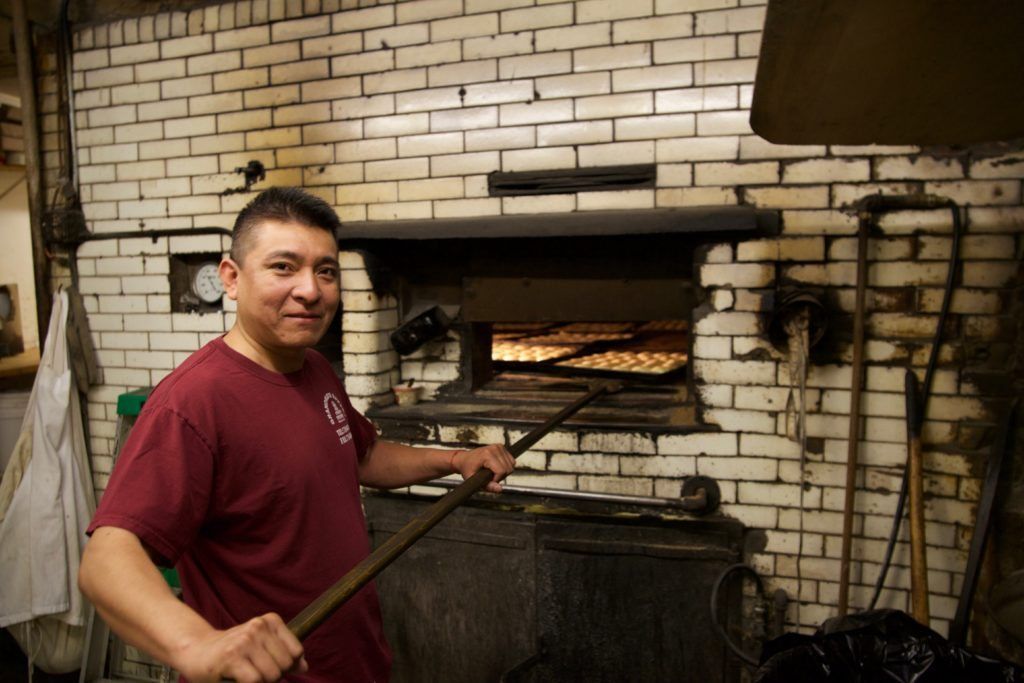
Antonio Chavez wears a red shirt and a white apron as he kneads dough, cleans baking sheets, and throws cakes in a coal-fired oven in the company of all those that he supports at Grandma’s Bakery.
Chavez, a Mexican immigrant, worked his way up from a cleaner at the bakery in the heart of Dyker Heights, a historically Italian neighborhood, and bought the business from Peter Misseri, an Italian-American baked-goods supplier from the neighborhood.
“If I was here, if I was still the owner with the same old mentality, I don’t think it would have survived,” Misseri, 51, said about the way Chavez maintains the business. “We have a diverse neighborhood so we have a diverse owner. It’s not your traditional Italian neighborhood anymore.”
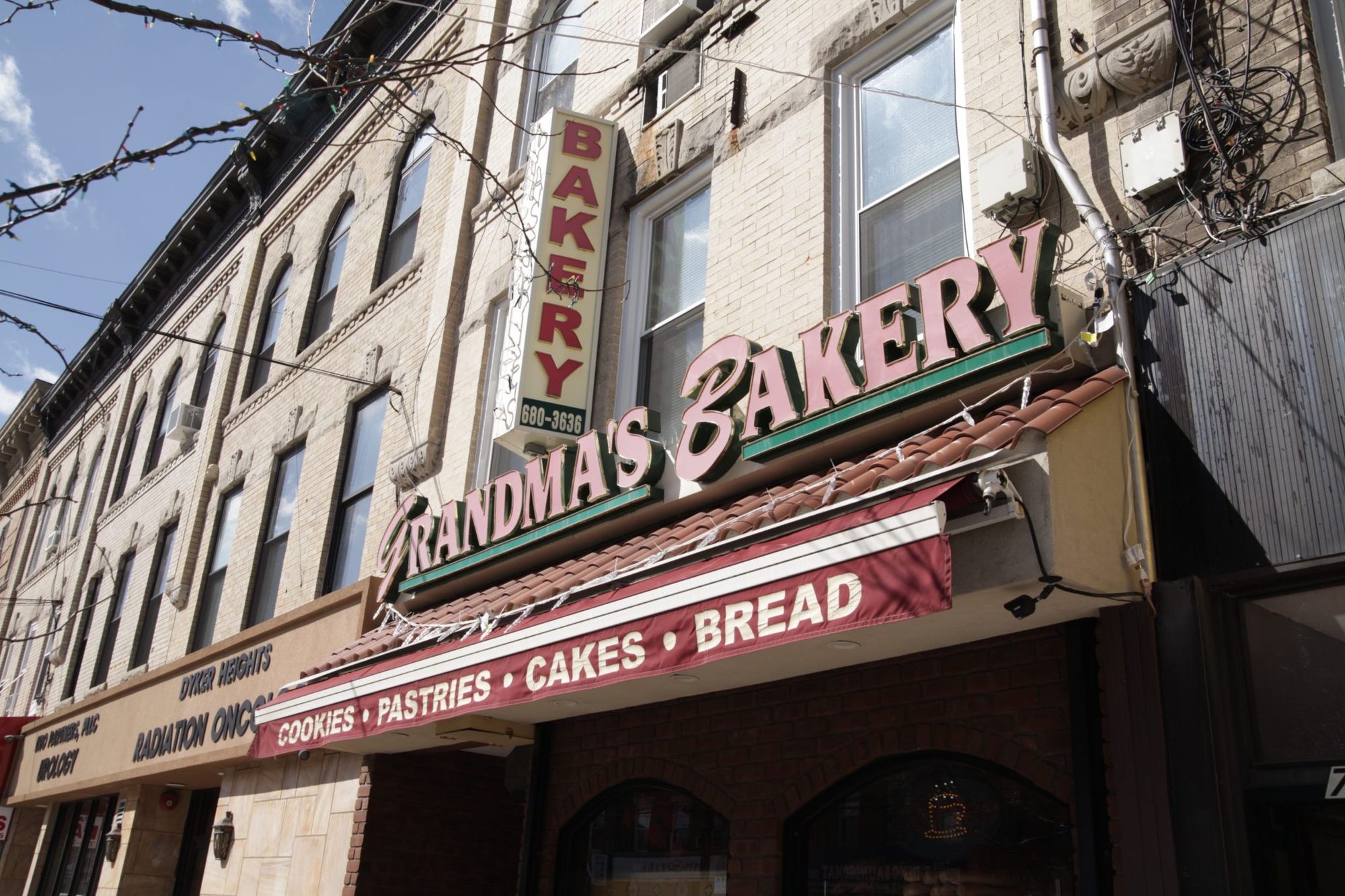
Dyker Heights is known for its old brick buildings, old-school pizzerias, Christmas light displays and its Italians. While the population remains mostly White, the demographics have been shifting over the last decade or so as the White folks leave and are replaced by Asian residents.
In 2000, there were 7,156 Asian residents in the neighborhood. By 2010, that number almost doubled to 13,605, according to the New York City Census. Of that Asian population, the largest amount was Chinese, at 12,149 in 2010.
With this change, traditional businesses in the area have been pressured to adapt.
La Pera Bros, a live-poultry shop that was established by two Italian immigrants over 50 years ago was sold to immigrants from Yemen 12 years ago. The manager, Carlo Formisano, was able to stick around the shop after the new owners stepped in to teach the current owners all they know about the live-poultry business.
The shop on the border of Dyker Heights and Borough Park used to thrive catering to Italian customers buying rabbits and chickens. Now it stocks a more diverse line of chickens, including red and brown chickens preferred by the increasingly Asian and Hispanic clientele.
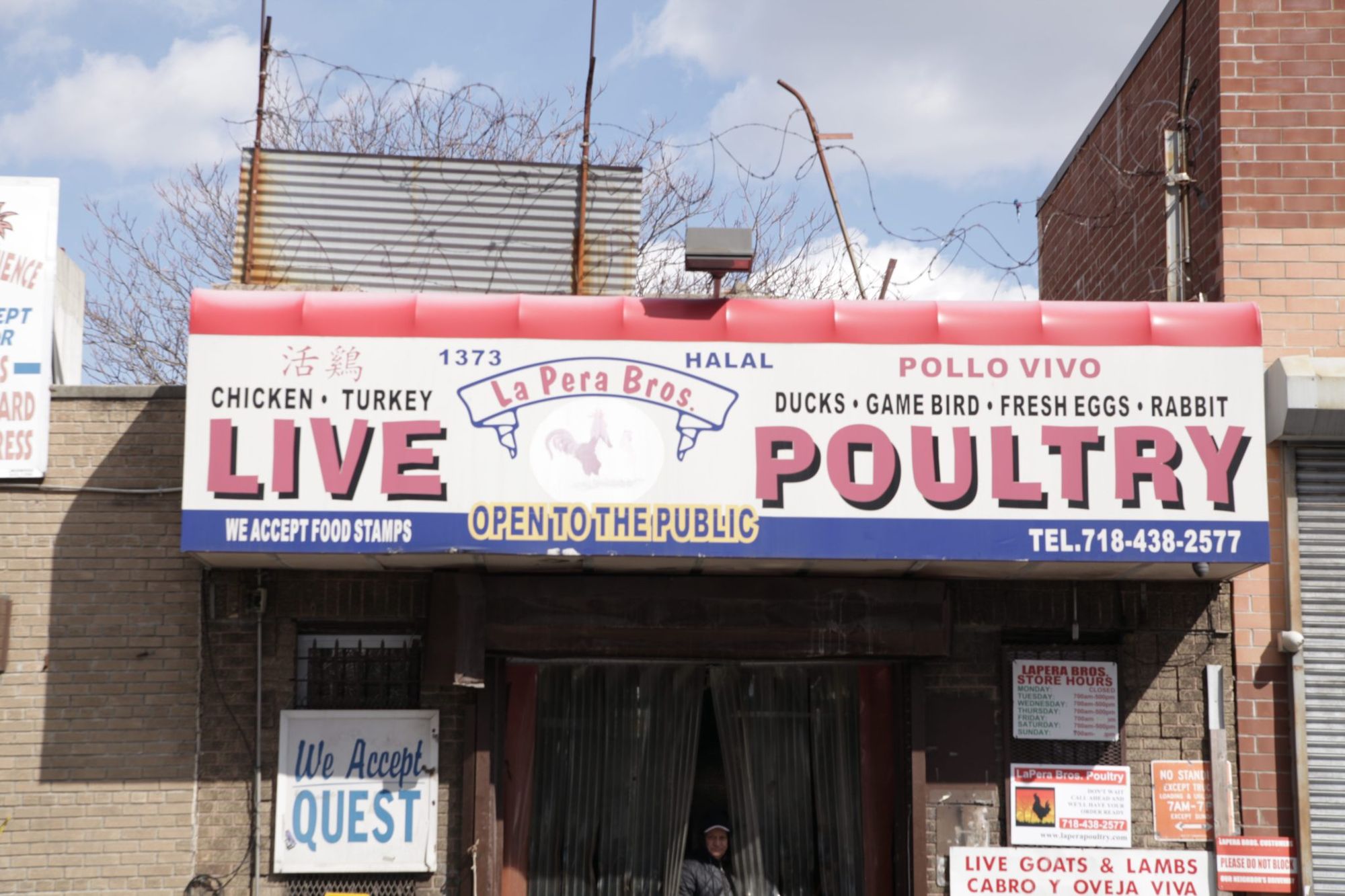
Formisano refuses to the see the population change as a negative. “This here has no color, no race, no greed, no nothing,” Formisano said while pointing to a $20 bill. “It doesn’t care what you are, who you are, or what you look like. All it cares about is that it makes you a living, me a living, and it’s making people happy. That’s what I’m here for.”
The demographic change did not come overnight, but steadily, starting around 10 to 12 years ago, according to Brooklyn Historian Ron Schweiger. Some of the neighborhood’s Italians left, many to Staten Island, others stayed because they didn’t want to see their businesses shut down.
“We have a diverse neighborhood so we have a diverse owner. It’s not your traditional Italian neighborhood anymore,” Misseri said. Misseri, who had worked at Grandma’s since 1983, started as a teenager and bought the business after working there for two years. He has seen the business go up and down twice, remaining up after the mid-1990s and staying successful today.
While the increase of Asian residents was the largest population change in the neighborhood, the Hispanic population, which includes Chavez, was the second largest, having gone up 55.3 percent from 2000 to 2010.
“Now we have a diverse clientele of Chinese-American, Arab-American, Mexican-American, ya know what it makes for, it actually makes for better business,” he said.
Misseri saw the changing climate and knew that Chavez would be the right owner, accommodating to all races, for example, baking tres leches cakes for the Hispanic population when they inquire.
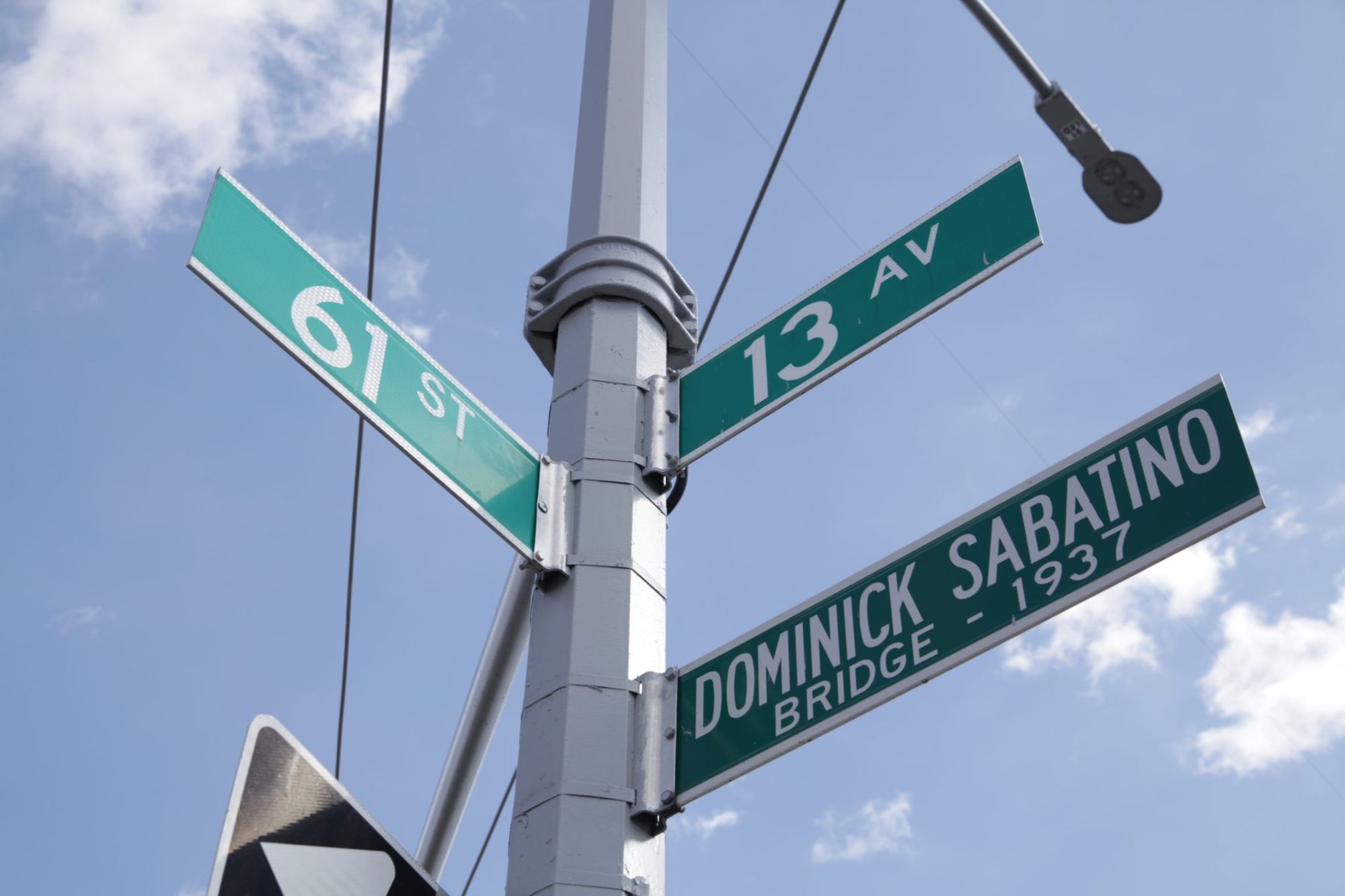
According to Schweiger, the Chinese moved in simply because the urban landscape provided more jobs and there was real estate in the areas of Sunset Park, Bensonhurst, and Dyker Heights.
The basic makeup of the neighborhood is changing, as Hispanic restaurants replace old Italian restaurants and Asian markets replace Italian delis up and down 14th and 13th Avenues.
“It’s so diverse, it’s unbelievable, it really is,” he said. For Misseri, handing the business over to Chavez was a logical transition, believing that as the times change, the business should as well. Along with the bakery, Chavez also bought Misseri’s old home and car. “To me, he’s not like a friend, he’s like a younger brother,” Misseri said.
“He found the American Dream,” Misseri said about Chavez. “You never mind helping good people…don’t tell him I said that.”




